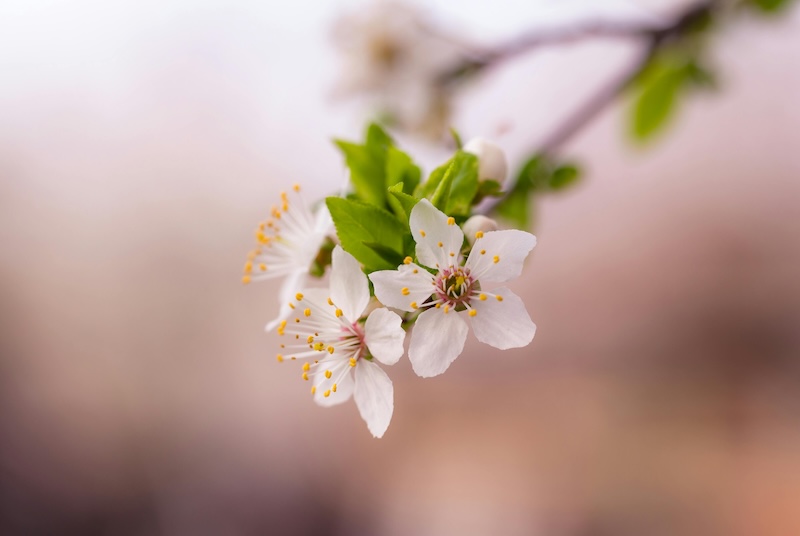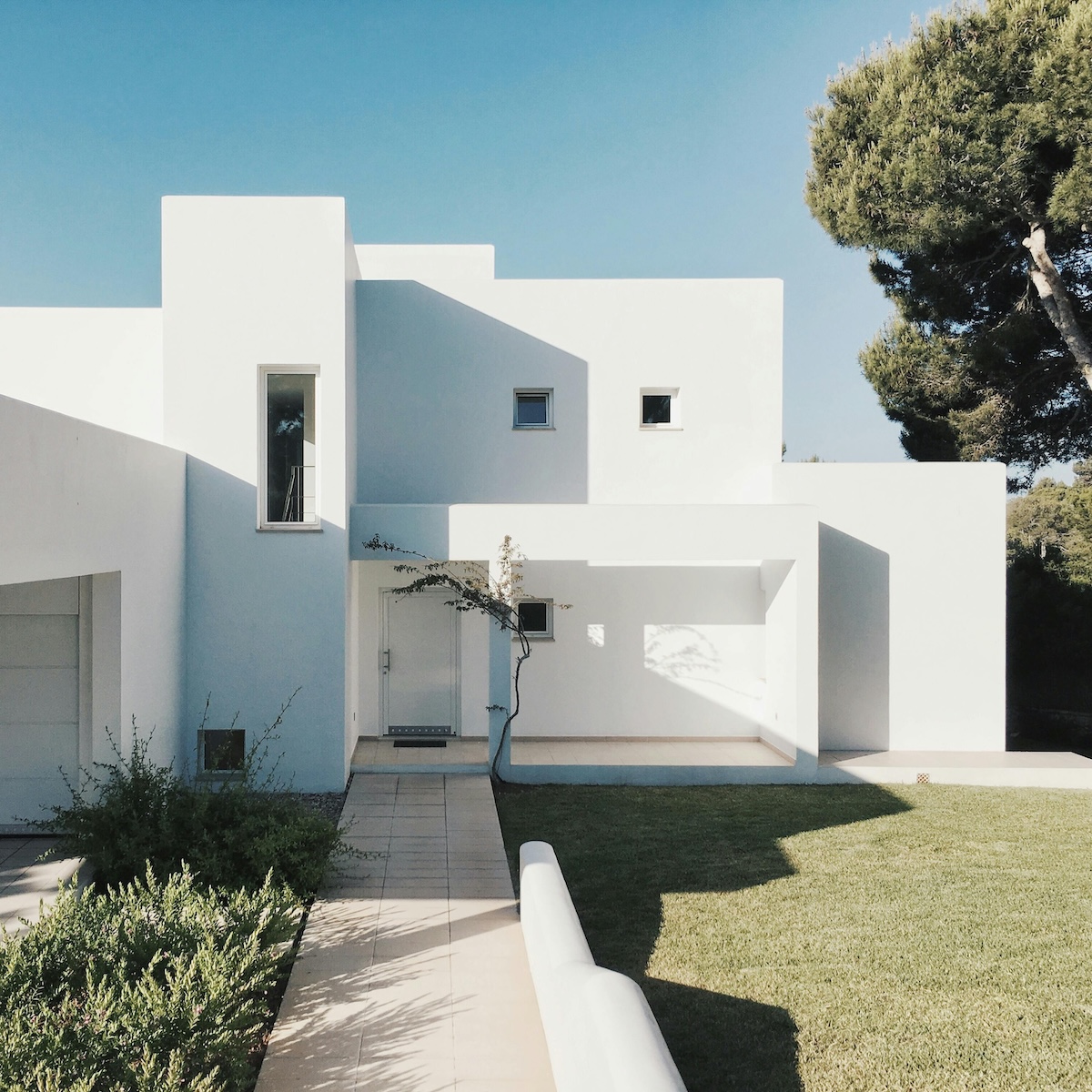In the realm of landscape architecture, creating spaces that captivate and inspire throughout the year is both an art and a science. The challenge lies not just in designing beautiful landscapes for the peak of spring or summer, but in crafting outdoor environments that offer interest, beauty, and functionality across all four seasons. This approach, known as four-season landscape design, is essential for maintaining engaging and dynamic outdoor spaces year-round, particularly in regions with distinct seasonal changes.
The Importance of Year-Round Appeal
Why is four-season interest so crucial in landscape design? The answer lies in the continuous relationship between people and their environment. A well-designed landscape should not hibernate for half the year but should instead offer a constantly evolving tableau that reflects and celebrates the changing seasons. This approach not only enhances the aesthetic value of a space but also encourages year-round outdoor engagement, promoting well-being and connection with nature.
Moreover, in urban and suburban settings where outdoor space is at a premium, maximizing the usability and appeal of landscapes throughout the year becomes even more critical. Whether it’s a private garden, a public park, or a commercial property, a four-season landscape offers continual value and enjoyment to its users.
Key Elements of Four-Season Design
Structural Foundations
The backbone of any four-season landscape is its structural elements. These include both hardscape features like paths, walls, and arbors, as well as plants with strong architectural forms. Evergreen trees and shrubs play a crucial role here, providing consistent form and color throughout the year. Consider the striking silhouette of a well-pruned Japanese maple in winter, or the bold texture of ornamental grasses swaying in autumn breezes.
Hardscape elements should be designed not just for functionality but also for visual interest. A curved stone wall can create intriguing shadows in the low winter sun, while a well-placed arbor can frame views differently as the seasons change.
Plant Selection for Year-Round Interest
Choosing the right mix of plants is paramount in creating four-season interest. This doesn’t mean simply selecting plants that bloom in different seasons, but rather considering all aspects of plant life cycles:
- Spring: Focus on early bloomers like cherry blossoms, tulips, and forsythia to herald the new growing season.
- Summer: Incorporate a variety of perennials and annuals for consistent color, such as coneflowers, black-eyed susans, and hydrangeas.
- Fall: Select plants known for their autumn colors or late-season blooms. Maples, dogwoods, and asters can provide spectacular fall displays.
- Winter: Utilize plants with interesting bark textures (like birch or coral bark maple), colorful berries (such as winterberry holly), or unique branch structures for winter intrigue.
Remember that some plants can offer multiple seasons of interest. For instance, dogwoods provide spring flowers, summer shade, fall color, and winter branch structure.
Color Beyond Blooms
While flowers are often the first thing that comes to mind when thinking about garden color, a truly year-round landscape incorporates color in many forms:
- Foliage: From the silver leaves of lamb’s ear to the deep purples of heuchera, foliage can provide long-lasting color.
- Bark: Trees like the paperbark maple or the striped bark of some hydrangeas add visual interest, especially in winter.
- Berries and Fruits: Plants like crabapples, beautyberry, and holly offer vibrant colors in fall and winter.
- Hardscape Materials: The warm tones of wooden elements or the cool hues of stone can contribute to the overall color palette of the landscape.
Texture and Form
Texture plays a crucial role in creating visual interest, especially when color might be lacking. Contrasting fine-textured plants like ferns with broad-leaved hostas can create engaging compositions. Similarly, mixing plants with different forms – upright, mounding, spreading – adds depth and interest to the landscape.
Wildlife Attraction
Incorporating elements that attract wildlife can add movement and life to the landscape year-round. Bird feeders, water features, and plants that provide food or shelter for local fauna can turn your landscape into a vibrant ecosystem, offering ever-changing scenes as different creatures visit throughout the seasons.
Seasonal Transitions and Maintenance
A successful four-season landscape is not static but rather a dynamic entity that evolves throughout the year. This requires thoughtful planning of seasonal transitions and an understanding of how to manage and maintain the landscape as it changes:
- Spring: Focus on cleanup, pruning, and preparing beds for new growth. This is also the time to plant early-season annuals and vegetables.
- Summer: Regular maintenance like deadheading, watering, and pest management keeps the landscape looking its best during peak growing season.
- Fall: Prepare for winter by planting bulbs, cutting back certain perennials, and doing major pruning tasks. However, leave some perennials standing for winter interest and wildlife habitat.
- Winter: Use this time for structural pruning of trees and shrubs. It’s also an excellent opportunity to assess the bones of your landscape and plan for the coming year.
Challenges and Considerations
Designing for four-season interest is not without its challenges. Climate change is altering traditional growing seasons and hardiness zones, requiring adaptability in plant selection and care strategies. Additionally, balancing the desire for year-round interest with sustainability concerns, such as water usage and native plant preservation, requires careful consideration.
In urban environments, space constraints can limit plant diversity, making thoughtful selection even more crucial. Moreover, in public spaces, considerations of safety (like maintaining clear sightlines) and accessibility (ensuring paths are clear year-round) must be factored into the design.
Technology and Four-Season Design
Advancements in technology are offering new tools for four-season landscape design. 3D modeling and virtual reality can help clients visualize how a landscape will look throughout the year. Climate modeling software can assist in predicting how plants will perform in future climate scenarios. Smart irrigation systems can adjust watering schedules based on real-time weather data, ensuring optimal plant health across seasons.
Conclusion: The Art of Seasonal Choreography
Designing for four-season interest is akin to choreographing a year-long performance, where each plant and element plays its part in turn, creating a constantly evolving yet consistently beautiful landscape. It requires a deep understanding of plant life cycles, an appreciation for the subtle beauties of each season, and the ability to envision how all elements will interact over time.
As landscape architects and designers, our challenge is to create these dynamic, engaging spaces that connect people with nature throughout the year. By thoughtfully combining structural elements, diverse plant selections, and an understanding of seasonal changes, we can craft landscapes that don’t just survive the changing seasons but celebrate them, offering new discoveries and joys with each turn of the calendar.
In a world where the pace of life seems to accelerate constantly, a well-designed four-season landscape offers a reminder of nature’s rhythms and the unique beauty each season brings. It invites us to slow down, observe, and connect with the ever-changing world around us, fostering a deeper appreciation for the landscapes we inhabit and the natural cycles that shape them.




Leave a Reply